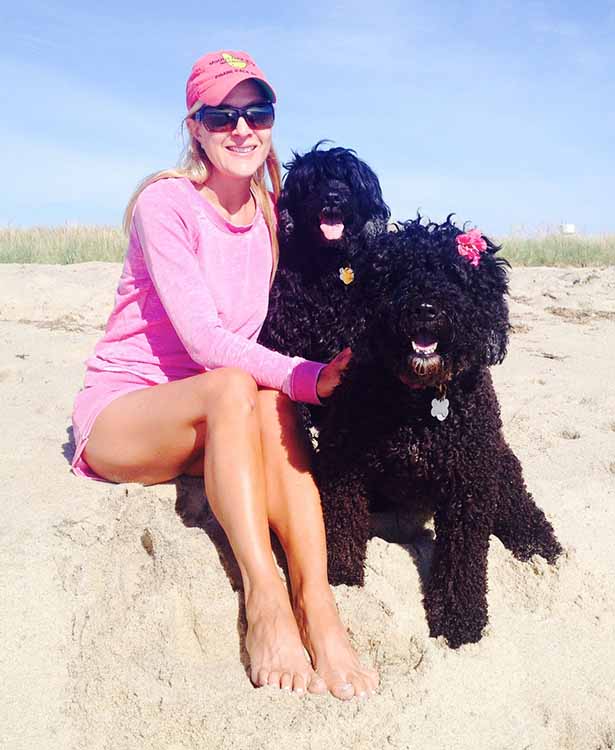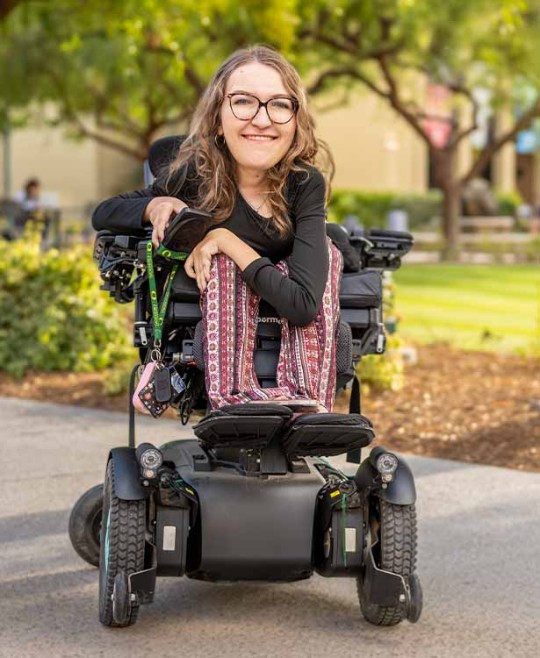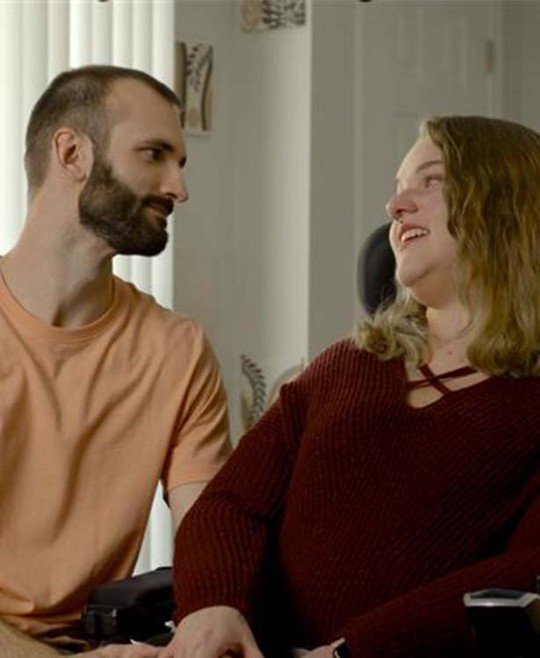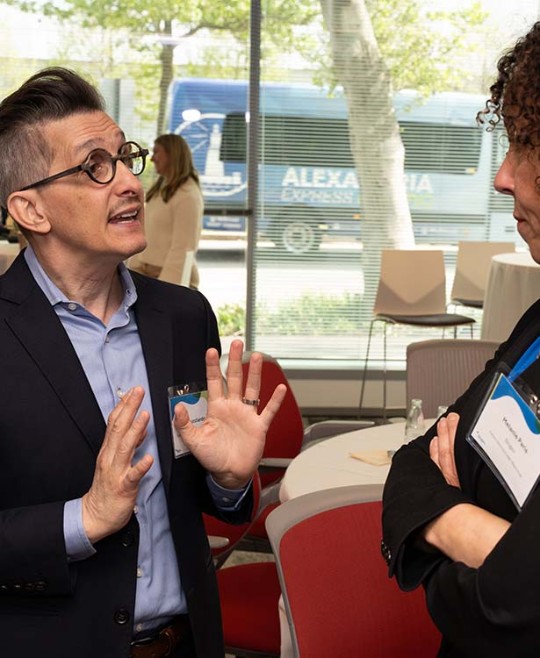For Shanelle Gabriel, a spoken word artist, singer and advocate for lupus awareness, seemingly harmless symptoms that began in college were the start of a life-changing journey with lupus.
“Prior to being diagnosed with lupus, I’d never been hospitalized ever in my life,” Shanelle recalled. “It was very, very jarring to go from being an active, healthy young adult to being somebody who had to be on a lot of medication and coping with chronic pain.”
After years of feeling that aspects of life were beyond her control, enrolling in a clinical trial helped Shanelle feel more empowered and hopeful. Today, her ongoing participation in clinical research gives her a deep sense of purpose, since she knows that she is helping contribute to new options and potentially better outcomes for others facing a lupus diagnosis.
Lupus is a chronic autoimmune disease which disproportionately impacts women of childbearing age, particularly women of color.1 It is two to three times more prevalent among African American, Hispanic/Latina, Asian American, Native American, Alaska Native, Native Hawaiian and other Pacific Islander women than among White women.2 In the U.S, about 90% of people living with lupus are women, and most people experience initial symptoms between ages 15 and 44.1 Despite its prevalence, treatment options for lupus have long been limited.
The epidemiology of those living with lupus underscores why representative participation in clinical trials is so vital: New therapies should include the patient populations that are affected by the disease to ensure the therapies are effective. Shanelle also recognizes it’s not just about clinical trial enrollment, but about the entire experience.
“One of the challenges in the clinical trial process is the lack of diversity in staffing and accessibility within the communities that need it most. For a lot of people, it means something to have somebody that culturally relates to them,” Shanelle explained. Today, she is a vocal advocate who works to raise awareness of lupus and its effects, particularly on women of color.
People like Shanelle demonstrate how education and empowerment can help break down barriers to access. “If anyone is looking for hope and possibility, Shanelle represents that,” said Savine DaCosta, who leads community and site initiatives for representative clinical trials at Biogen. “She’s been a great example of what’s possible in clinical access and research, helping to dispel past fears and look for what’s possible in the future.”
1. Pons-Estel GJ, Alarcón GS, Scofield L, Reinlib L, Cooper GS. (2009). Understanding the epidemiology and progression of systemic lupus erythematosus. Seminars in Arthritis and Rheumatism. 2019;39(4):257–268. doi: 10.1016/j. semarthrit.2008.10.007
2. Wallace, D.J., & Hahn, B.H. (2013). Dubois' lupus erythematosus and related syndromes. (8th ed.) Philadelphia, PA: Elsevier Saunders.





